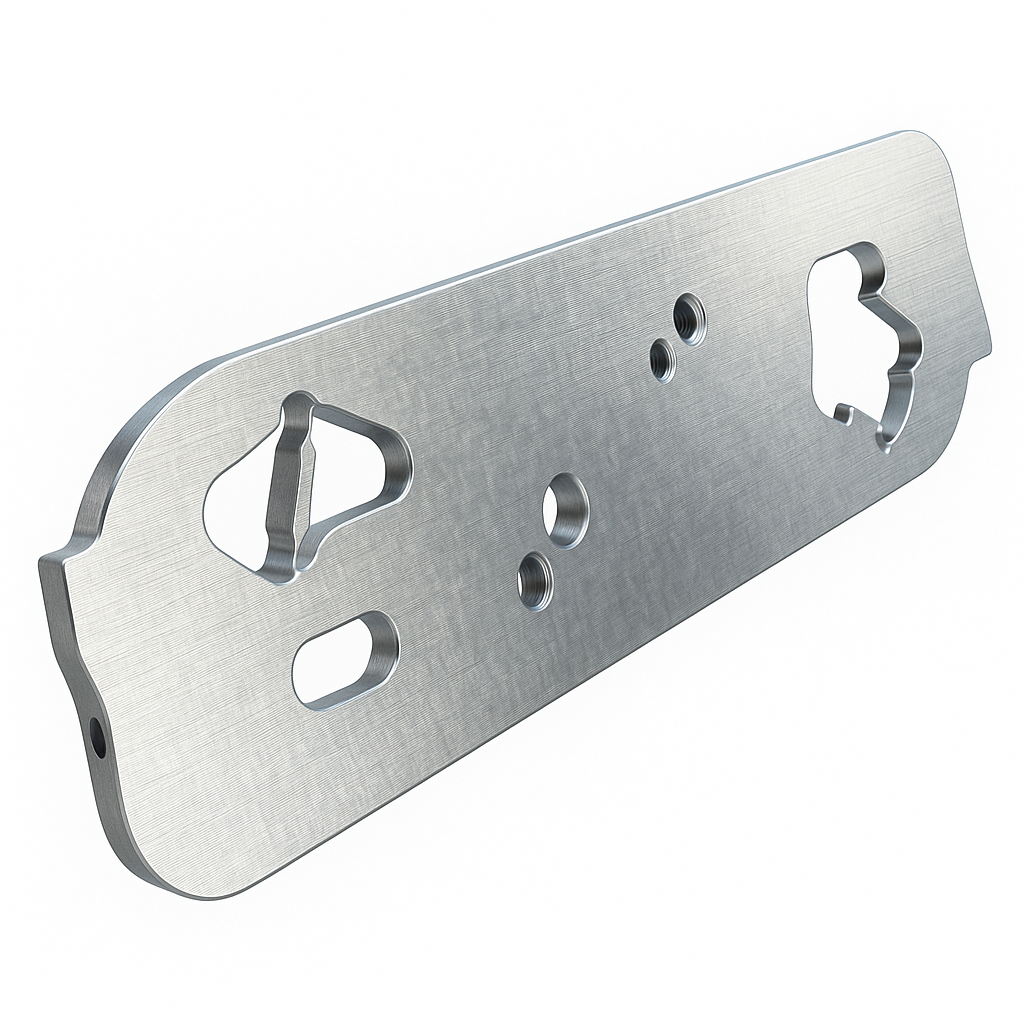Tooling is a critical component in manufacturing, encompassing jigs, fixtures, end-of-arm tools, and more. Regardless of the specific application, the goal is to produce tools quickly and efficiently to maintain operational flow. Traditional tooling methods, however, often present significant challenges in terms of cost, time, and complexity. Here’s how additive manufacturing (AM) is reshaping the tooling landscape, enabling companies to produce essential tools faster, more affordably, and with greater design flexibility.
Challenges in Traditional Tooling
Conventional tooling production presents several key obstacles:
• High Costs – Custom, one-off tools can be prohibitively expensive to design and manufacture, especially if they feature intricate geometries or specialized functions.
• Lengthy Lead Times – Whether fabricated in-house or outsourced, tooling production can delay workflows, extending lead times and impacting overall throughput.
• Design Constraints – Traditional machining techniques impose physical and geometric limitations, restricting the complexity of parts and often resulting in suboptimal designs.
• Inventory Management – Storing rarely used jigs and fixtures can consume valuable space, creating logistical and financial burdens.
• Skilled Labor Shortages – Skilled CNC operators and machinists are in high demand, and their expertise is best directed toward value-added production rather than repetitive tooling tasks.
Addressing Tooling Challenges with Additive Manufacturing
- Cost Efficiency and Reduced Lead Times
While some simple tools can be assembled using standard components, complex fixtures such as Parting-off Lathe tools often require extensive machining, driving up costs and lead times. AM eliminates many of these hurdles by producing parts layer by layer, allowing for intricate geometries without the need for complex machining setups. This approach not only reduces costs but also accelerates production, enabling quicker iterations.
Parting-Off Lathe Tool
Material: H13
Throughput: 192 parts in 4 hours
Size (mm): 108 x 26 x 2.5


- Design Freedom and Customization
Traditional manufacturing often necessitates design compromises to simplify machining processes. Additive manufacturing, however, enables engineers to prioritize optimal function rather than manufacturability. With AM, tools can be customized with complex internal structures, optimized ergonomic features, and lightweight geometries that are difficult or impossible to achieve through conventional methods. Manufacturing parts with inner features does not mean longer and complex production.
- Streamlined Inventory Management
Physical storage for jigs and fixtures can become a logistical challenge, particularly for parts that are only sporadically used. Additive manufacturing mitigates this by enabling digital inventories—storing source files for tools digitally, ready to be printed on demand. This approach reduces physical storage needs and minimizes costs associated with maintaining infrequently used tools.
- Simplified Skill Requirements
As manufacturing processes evolve, the demand for CNC operators and machinists continues to rise. Additive manufacturing presents a more accessible entry point for producing tools, with a less steep learning curve and faster training times compared to traditional machining. This accessibility helps manufacturers alleviate labor shortages and focus skilled workers on higher-value tasks.
- Tooling Materials
The main highlights for the tooling industry is the ability to now process high-performance materials like H13 and M2 tool steels. These materials are well-known staples in conventional tooling due to their exceptional mechanical properties, including high hardness, wear resistance, and thermal fatigue strength. H13 is widely used for hot work applications such as die casting, extrusion, and forging tools, while M2 is a go-to material for high-speed cutting tools thanks to its superior red hardness and abrasion resistance. This enables internal conformal cooling channels, rapid prototyping of hardened components, and reduced lead times without compromising on performance. It bridges a critical gap between traditional toolmaking practices and modern digital manufacturing workflows.
Revolutionizing Tooling Production with Additive Manufacturing
Additive manufacturing transforms the way companies approach tooling production, offering substantial benefits in cost efficiency, lead time reduction, design freedom, and workforce optimization. By leveraging AM for tooling, manufacturers can produce complex, application-specific tools quickly and effectively, allowing them to maintain operational agility and drive production efficiency.
